Socio-Economical Transformation of A Riverport Base Economy: History of Barobazar, Khulna
This blog depicts the socio-economic scenarios of Barobazar, Khulna including a historical timeline to current settings analysis.
URBAN DESIGN
Muhammad Golam Sami , Mahmuda Yasmin Dola
4/4/20206 min read
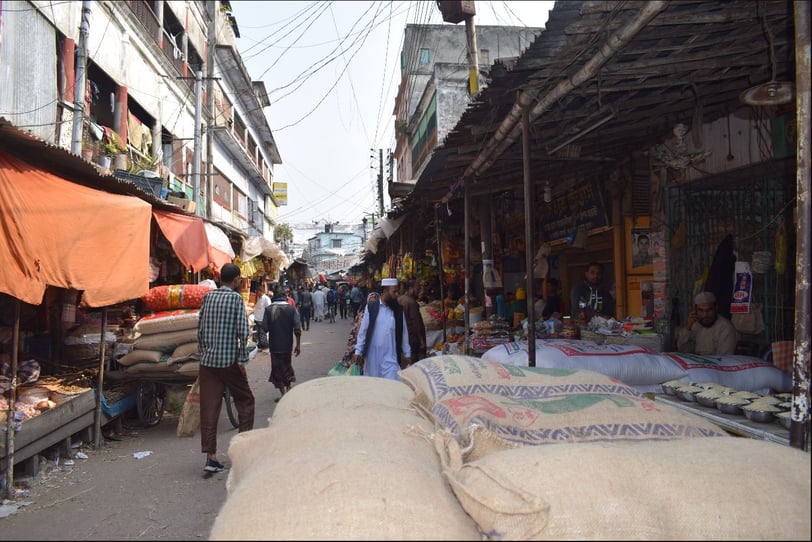

Image: Khulna Barobazar'2020 by Muhammad Golam Sami
1. Trade & Economical History of Barobazar
Barobazar, Khulna's first settlement, has a dense CBD. Barobazar (meaning "large market") is Khulna's central business district. It began 550 years ago as a trade center for Sundarban items and relied entirely on river transit. It was appropriate for dense development because it was located on a natural levee on the Bhairab riverside. This plaza represents only a tiny portion of the now heavily constructed Barobazar district, encompassing an enormous stretch of land along Khulna's riverfront. This particular square was chosen because it is densely packed with wholesale/retail tissue, residential districts, and historical relics. The city's expansion is parallel to the river.
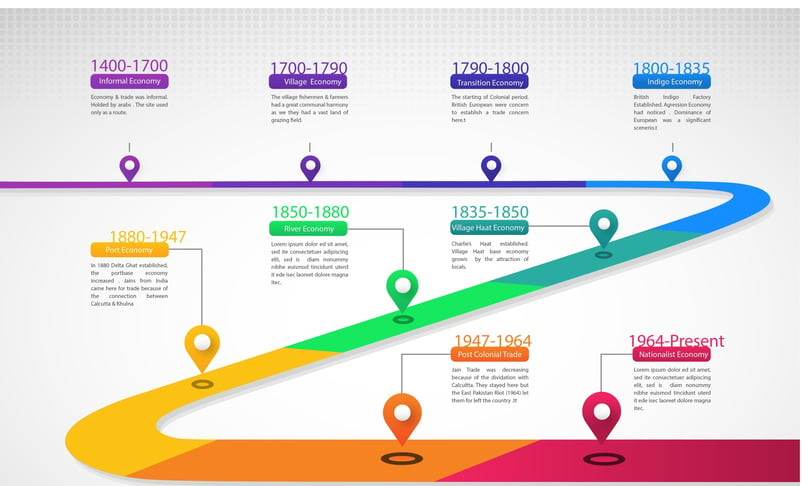

Figure 1: Historical timeline of economy of Khulna Barobazar
2.Economical-Spatial Dynamics
Economic space consumption
Borobazar served as the region's central financial hub. Every day, it serves over 6.5 million Khulna residents (BBS, 2015). Because property elevation offers the most suitable possibility for settlement on the river bank, most of the land is used for commercial purposes. The city's dense commercial core runs parallel to the riverfront and has a robust longitudinal direction. As a result, the few transversal linkages face heavy traffic. The region's fabric comprises modest (often semi-permanent, ground floor) structures with a high density.
The various commercial building typologies that arise in this area are highly site-specific, changing almost with each parallel shift away from the river. The katcha (temporary) stilt constructions on the riverbank encroach on the river to combine who lesale on the street side and storage+(un)loading on the riverfront. They are constructed with maximum packing, providing a closed wall facing the river that is intermittently perforated by narrow ghats. The Asian Shop house typology borders the other side of Kalibari road and both sides of West Mecot road. The ground floor business activity usually outnumbers the available area, making the streets narrow and causing traffic concerns. The top floors of this style are utilized for apartments, storage, or tradesman hotels. Khan Jahan Ali Market is built on top of an old British railway track and is formed by the small longitudinal constructions located between West Mecot Road and Station Road (cf. the map of 1929). This is why it has the appearance of a strip placed onto existing city fabric. However, this business typology does not work: the short access alleyways deter shoppers from visiting the shops at the back (far away from Clay Road), which are thus only utilized for storage.
Station Road, the primary access road from the colonial quarter to the station in colonial times, is built up on both sides with semi-pucca structures used as godowns, with shops on the street side. They are easily reached through the broad Station Road. Similar structures can be seen north of Khan Jahan Ali market and between Station and Hospital Road, where they are used as small-scale mills (flour, mustard oil, peanuts, etc.) or godowns. The vacant space between these larger complexes is mainly occupied by employee slums.
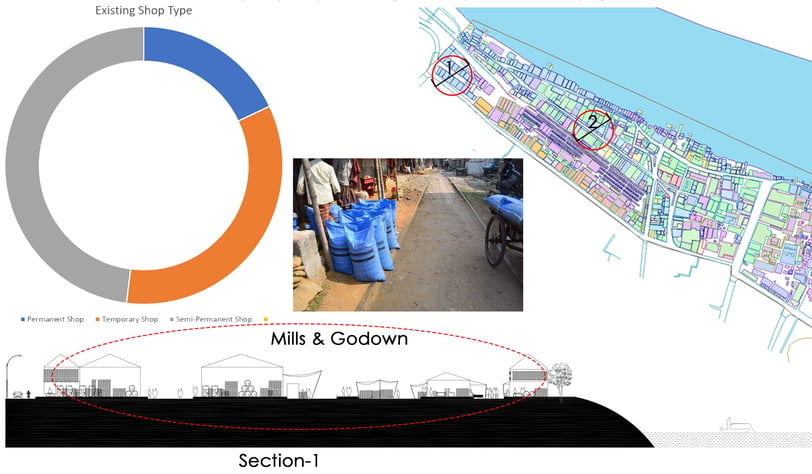

Vibrant Marketplace with Temporary Shops on the road
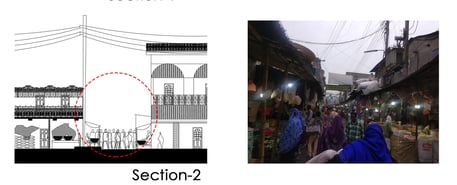

Figure 2: Economic sections of Khulna Barobazar
3.Formal & Informal Economic Activities
Informal Economic Activities
Barobazar's riverbank is heavily built with stilt wholesale structures and evolves into an industrial dockside near the head of Jabbar Sarani, the central transversal spine. "Other commercial (mixed)" typically includes residential and commercial usage, such as commercial storage or residential hotels in the same facility.
According to Table 01, mixed land use accounts for the most remarkable land share in Barobazar, accounting for around 20% of the total land, followed by residential areas accounting for 18% of the entire land. Barobazar has grown haphazardly throughout the years to keep up with Khulna's expanding economic demand.
Therefore, the area has developed with narrow roads, congested buildings, and shops, vulnerable to formal structures along the riverside, and lower-end urban facilities like drainage water
supply and other urban services. The overall land use pattern makes the area inefficient in responding to the city's growing economy and meeting the residents' living standards. Therefore, redevelopment through regeneration now becomes a core issue to make the Barobazar area more economically viable, provide a better living environment for the residents, and be an urban landmark for Khulna City. The following is the land use map for the Barobazar area.
Formal Economic Activities:
Wholesale and retail are the two main types of trade in the Barobazar region. Through its operation and supervision over wholesale and retail traders, Barobazar connects the southern half of Bangladesh. Most wholesale shops require substantial storage facilities; thus, they need more acreage and are arranged along the riverfront to manage commodities loading and unloading from river-based transit. The wholesale marketplaces are likewise located on open ground owned by the Bangladesh Railway Authority and leased long-term in the Barobazaar region. Rapid economic growth following 1971, less controlled open government land with low taxation, and illegal habitation increased the area's horizontal expansion. As a result, traffic gridlock in the city center and on major arterial roads throughout Barobazar was produced. According to Reza (Reza, 1999), retail shops have the highest proportion of trade units in the Barobazar region (51%), followed by wholesale trade units (22%), and storage capacity (12%). (20 percent ). Banks and insurance businesses have a small (7 percent) market share in the area. As the city's center and central economic hub, the trade units in Boror Bazaar handle a large amount of money each month and provide both direct and indirect employment for the city's residents.
4.Economic Resistance
Barobazar served as the region's central economic hub. Every day, it serves over 6.5 million Khulna residents (BBS, 2015). Because property elevation offers the most suitable possibility for settlement on the river bank, most land is used for commercial purposes. The city's dense commercial core runs parallel to the riverfront and has a solid longitudinal direction. As a result, the few transversal linkages face heavy traffic. The region's fabric comprises modest (often semi-permanent, ground floor) structures with a high density. The three main components of economic resistance are:
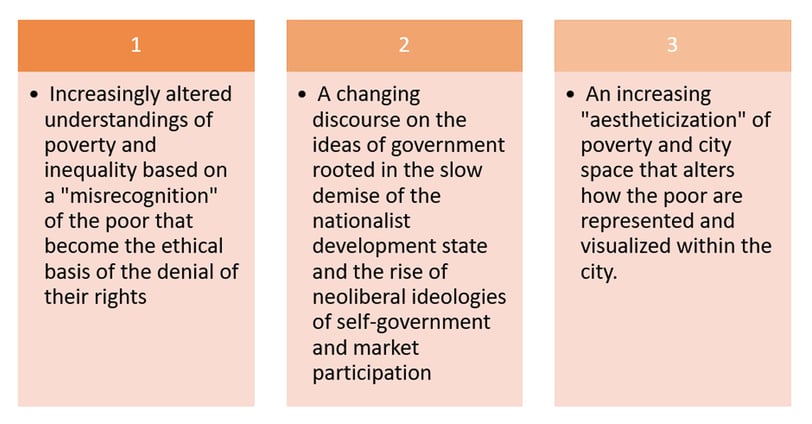



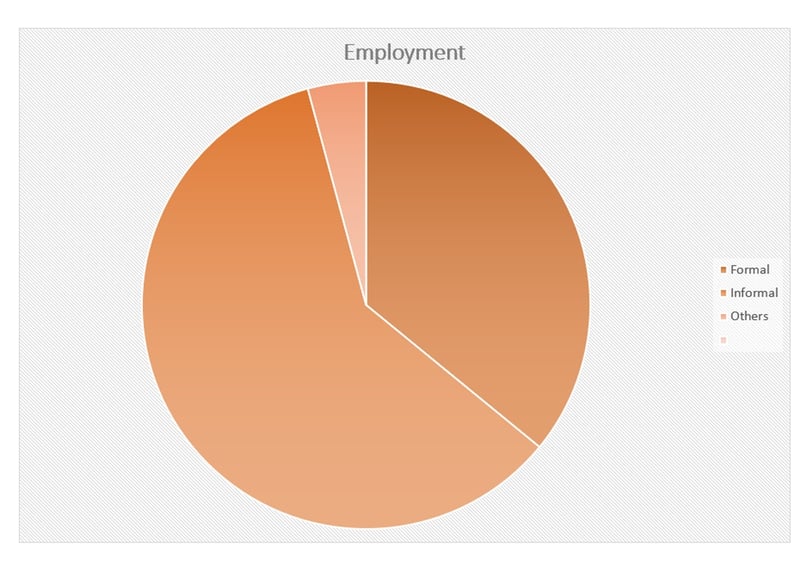

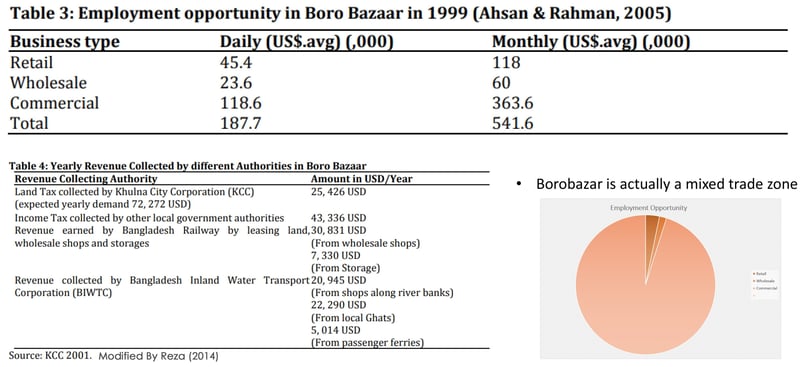

The Barobazar district generates revenue for the local government through income and land taxes. Bangladesh Railway earns money every year by leasing long-term land for wholesale and storage. The local government also leases river port lands (known locally as ghats) to export and import goods inside the country and to neighboring India. The graphic below depicts river port districts (Ghat) where wholesale and retail trades dominate the export and import business, and local and central governments receive revenue through long-term lease policies.
5.Occupancy Map Analysis:
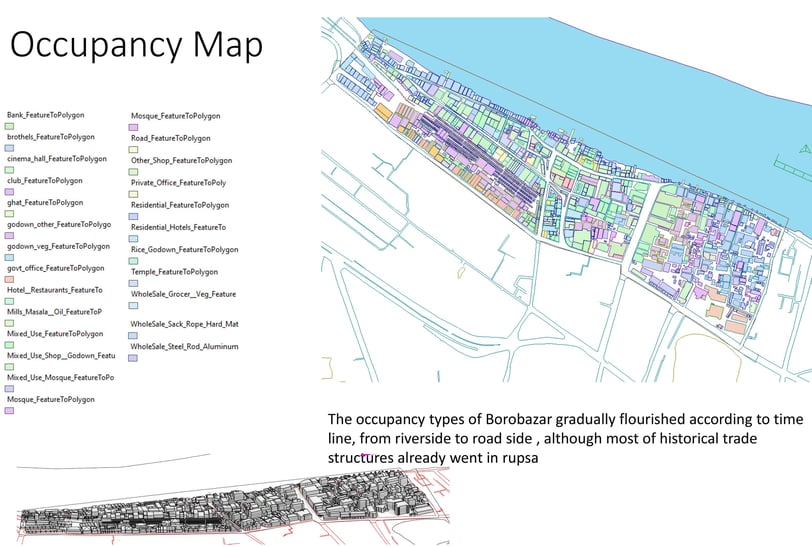

Figure 2: Occupancy Map of Khulna Barobazar
Temporal Evolution of Occupancy:

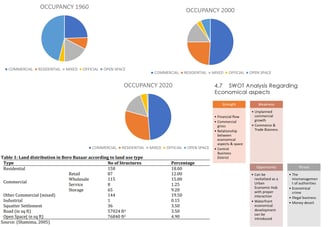
To summarize, Khulna Barabazar is vital in terms of the spatial distribution of financial flow and socioeconomic factors. In many circumstances, uncontrolled expansion and haphazard development impede financial flow, and a thorough remodeling procedure may help to overcome these challenges.
Acknowledgements: Syeda Nurun Nahar Zahra, Sarder Shafiqul Islam, Nahin Uddin Mollick
Meet The AuthorS


Muhammad Golam Sami
B. Arch, Khulna University of Engineering & Technology, Khulna, Bangladesh Architect | Futurist | Sustainable Design Expert
Operational Head, ADORA Studios, Bangladesh
Founder, samism.org
Lecturer, Department of Architecture
Northern University of Business & Technology


Mahmuda Yasmin Dola
B. Arch, Khulna University of Engineering & Technology, Khulna, Bangladesh Architect | Analytical Practitioner
Head of Construction, ADORA Studios, Bangladesh
CMO & Head of Construction, SS Construction & Power Solution, Bangladesh
Related ARTICLES
Related PROJECTS
Regeneration of urban public realm: At the Commercial Waterfront of Barobazar, Khulna
This project design supports how the commercial waterfront of the Baro Bazar can be developed as an urban space, which will be used for human service and human welfare. At the same time, one of the objectives of this project is to retrofit the entire riverfront with its surroundings. One of the targets of this project is to restore the declining economic progress and the lost importance of the ghats. The entire project has been completed in the renovation and regeneration process.
Image: Waterfront Regeneration at Barobazar Delta Ghat
Location: KUET, Khulna; Year: 2020




